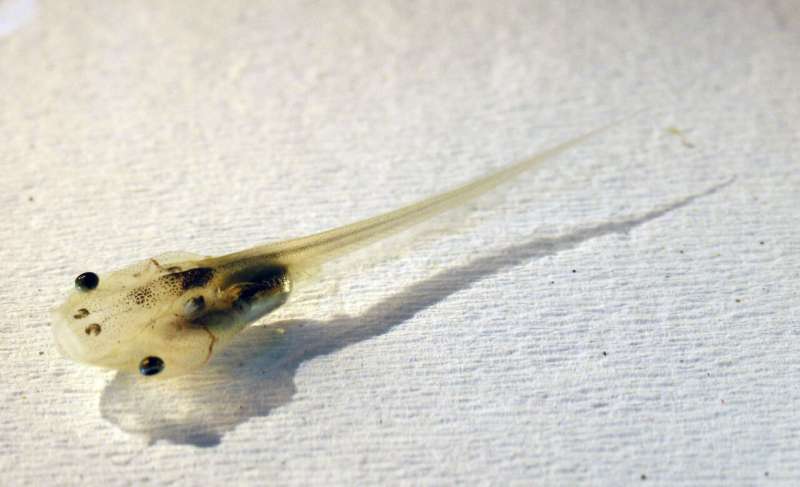In a groundbreaking study, researchers have revealed that the so-called “mummy” skin of a dinosaur discovered in the Lance Formation of eastern Wyoming is, in fact, a perfect clay mask. This phenomenon was detailed by a team led by paleontologist Dr. Paul Sereno from the University of Chicago, who aimed to clarify what defines a dinosaur “mummy” and why this particular area has yielded such extraordinary finds.
The Lance Formation, a region measuring less than 10 kilometers (6 miles) across, is renowned for its rich deposits of well-preserved dinosaur fossils. Notably, in the early 1900s, fossil hunter Charles Sternberg unearthed two specimens of the large duck-billed dinosaur known as Edmontosaurus annectens. These skeletons, discovered alongside H.F. Osborn of New York’s American Museum of Natural History, displayed remarkably intact features, including skin impressions with visible scales.
Dr. Sereno characterized the original discovery as “the greatest dinosaur mummy” until his team’s findings in the early 2000s, which included additional specimens of Edmontosaurus. Both discoveries shared the characteristic of being preserved in three-dimensional poses, presenting features that typically do not survive over 66 million years.
The research team employed advanced techniques such as CT scanning, 3D imaging, and electron microscopy to study the specimens. Notably, they found no remnants of soft tissue, which led them to discover a thin layer of clay—less than one-hundredth of an inch thick—covering the dinosaur’s skin. Dr. Sereno suggested the term “rendering” to more accurately describe this clay layer, contrasting with earlier references to skin “impressions.”
Dr. Anthony Martin, a professor at Emory University, explained that clay minerals tend to bond with biological surfaces, resulting in detailed reconstructions of skin and soft tissues. He emphasized that this process creates a precise replica of the dinosaur’s outer features, including scales, spikes, and hooves.
Dr. Stephanie Drumheller-Horton, a vertebrate paleontologist at the University of Tennessee, highlighted the need for a deeper understanding of how these fossils form over time. She noted that while dinosaur mummies have been recognized for over a century, there has been a greater emphasis on describing their appearances than on comprehending their fossilization processes.
The findings from the two more recently unearthed Edmontosaurus specimens enabled Dr. Sereno’s team to construct a detailed profile of the dinosaur’s appearance. Their analyses suggest that the creature could grow to over 12 meters (40 feet) in length and featured a fleshy crest along its neck and back, as well as a series of spikes down its tail. The clay mask also revealed that the dinosaur had hooves, marking it as the oldest known land animal with this characteristic and the first recorded hooved reptile.
Dr. Sereno humorously remarked, “Sorry, mammals, you didn’t invent it,” underscoring the significance of this discovery. The research findings were published in the journal Science in March 2024, shedding light on the remarkable preservation of these ancient creatures and paving the way for future paleontological investigations.
As researchers continue to explore the past, understanding the conditions that led to such extraordinary fossilization will be crucial in uncovering more about the lives of these prehistoric giants.







